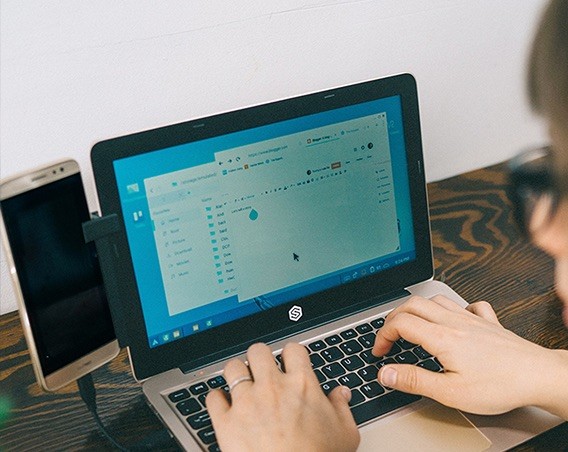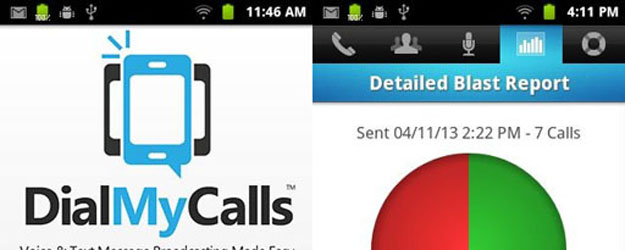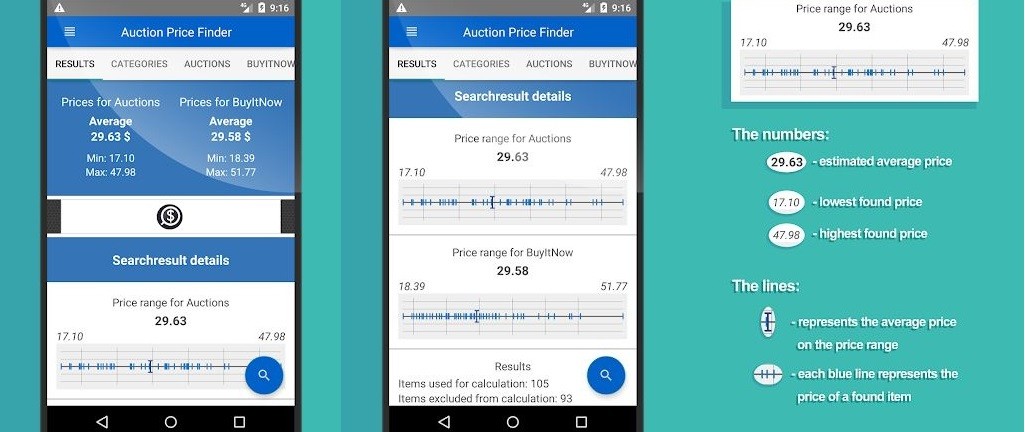The first smartphones as we know them – as in the successors of PDAs and various “communicators” launched since the late 1990s – were pretty dumb compared to even the entry-level handsets of today. In just a decade, though, they have evolved to beat the average office PCs used in many areas. Mid-range, sometimes even entry-level phones have hexa-core or even octa-core processors and are capable of running surprisingly complex games – which means that they could handle various office-type tasks perfectly well.
Over the last decade, we’ve seen many accessories meant to improve the overall Android experience rise. The most successful ones were those involving virtual reality, game controllers and accessories you can use for playing casino games and similar products. There is one accessory type, in turn, that could have truly turned a smartphone into a computer that, unfortunately, never really took off.
From smartphone to PC
Back in the mid-2010s, Microsoft had some bold and very innovative plans for its Windows Phone platform. One of them was “Continuum” that allowed the owners of certain Windows 10 smartphone owners to connect their handsets to a large display, a keyboard, and a mouse, and use it like it was a computer. This, combined with the introduction of its “universal apps” and a new “desktop mode” for Windows 10 for Smartphones would have bridged the gap between a smartphone and a desktop PC, offering a consistent experience across both use cases.

Unfortunately, Continuum didn’t take off – and Microsoft gave up its smartphone dreams for good. The idea of turning a smartphone into a PC didn’t disappear, though – manufacturers like Samsung (DeX) and Huawei (Desktop Mode) continued to develop similar solutions on Android.
The most exciting accessories
But what about turning any Android phone into a laptop? This was an idea pursued by several startups over the last few years.
One of them was a French team called Miraxess that proposed a solution called the “Mirabook”. Basically, it was a phone dock combined with a display and a full-size keyboard that could give a selected range of smartphones the capabilities of a laptop – and more. The device came with a 13.3″ 1080p screen, a backlit keyboard, and an aluminum body, complete with an internal battery pack that could boost the phone’s battery life. Unfortunately, the development of the device stopped sometime in July 2018 – at least that’s when the team last updated its news.
Another similar device was the “Superbook” by a startup called Sentio. The team gathered more than $2 million on Kickstarter by offering a cost-effective, lightweight device that could turn basically any Android phone into a laptop. The device should have been available in several versions – from a basic $139 model with a 768p TN screen and a standard keyboard to a $199 premium model with backlit keys and a 1080p IPS screen. Unfortunately, this product never took off either – the team posted its last update on Kickstarted in 2018, and their page is full of comments bashing them for not delivering the promised product and neither refunding their money. There are a few Superbooks in the wild – one US-based company sells them on eBay for $99.99 – but the project can be considered officially “dead” at this time.





